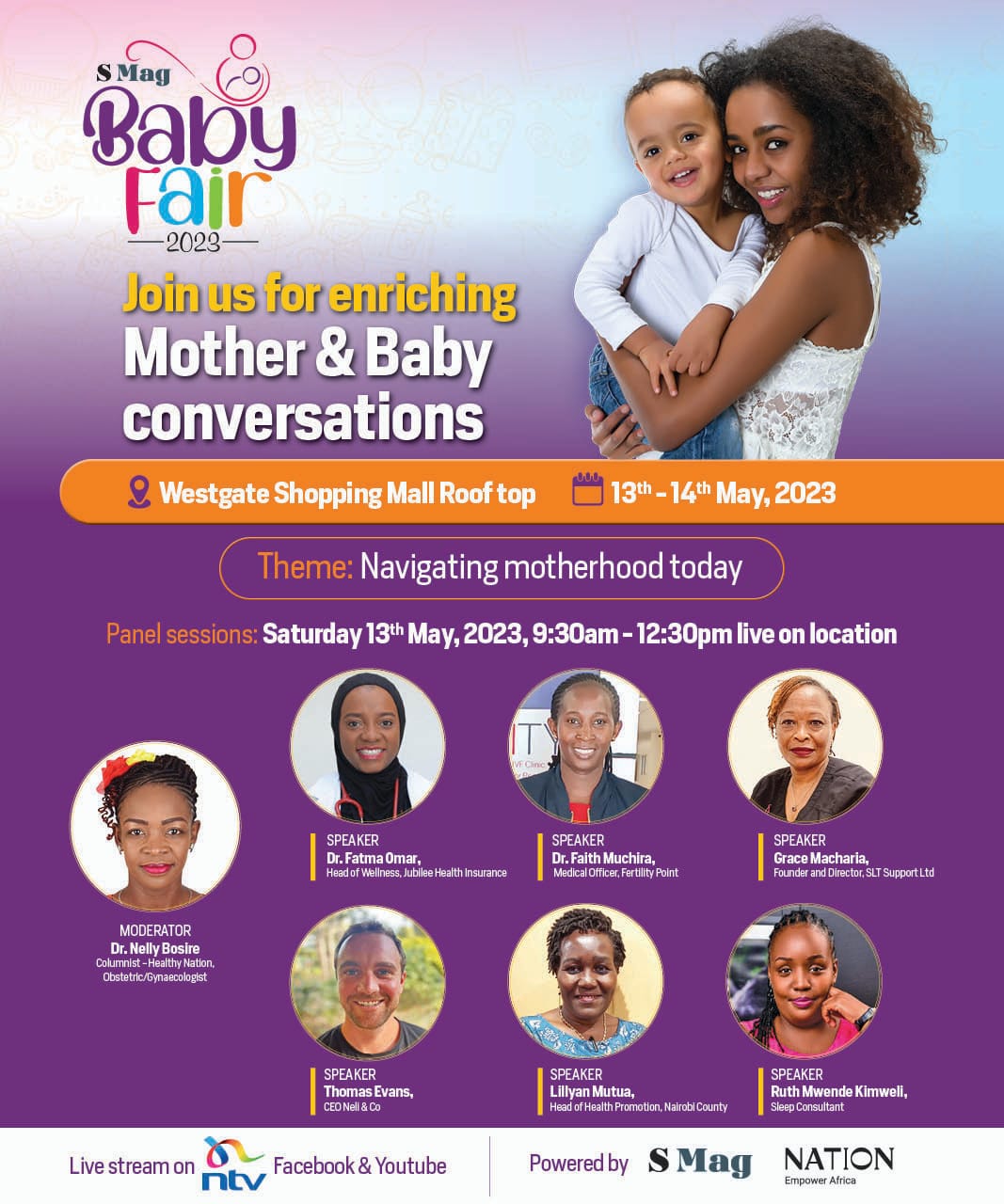Exploring Family Balancing: Is Gender Selection Right for You?

There has been a growing interest among couples seeking gender selection options. Some families with two boys are hoping to add a girl, while others with daughters dream of having a baby boy to complete their family.
This is what we call family balancing—and it’s a very personal choice.
In this blog, we’ll walk you through Exploring Family Balancing: Is Gender Selection Right for You? We’ll explain what gender selection is, how it works, why people choose it, and the ethical and emotional side of this option.
Let’s talk about it honestly, with care and clarity—because decisions like these deserve understanding, not judgment.
What Is Family Balancing?
Family balancing is the process of choosing the sex of your next child to help you achieve a more balanced family—often after having one or more children of the same gender.
It’s not about favoring one gender over another. It’s about fulfilling a deeply personal desire—one that many families feel in their hearts.
If you're considering Family Balancing in Kenya, it's important to know how the process works and whether it's the right choice for you.
What Is Gender Selection?
Gender selection means identifying the sex of an embryo before it’s transferred into the uterus. This is done using a technology called Preimplantation Genetic Testing (PGT) during an IVF cycle.
Here’s how it works:
-
The woman undergoes IVF to retrieve eggs.
-
The eggs are fertilized with sperm to create embryos.
-
A few cells are taken from each embryo for testing (this doesn’t harm the embryo).
-
PGT is used to check for chromosomal conditions—and it also tells us the gender of each embryo.
-
Only the embryos of the desired gender are selected and transferred into the uterus.
So when we talk about Exploring Family Balancing: Is Gender Selection Right for You?, we’re talking about a medical process that is both safe and highly accurate.
Why Do People Choose Gender Selection?
Here at Fertility Point, we never assume why a family is exploring this path. Every story is different. But here are some of the most common reasons:
(i) To complete the family: After having multiple children of one gender, parents want a different experience with another.
(ii) Cultural or emotional reasons: Some families have traditions or hopes connected to gender.
(iii) Health reasons: If one gender carries a higher risk of genetic disease, gender selection may be medically necessary.
(iv) Personal longing: Simply put, a parent may dream of raising both a son and a daughter.
Whatever your reason, you are not alone. Asking Exploring Family Balancing: Is Gender Selection Right for You? is a brave, thoughtful question to consider.
Is It Legal and Ethical?
In Kenya, gender selection for family balancing through IVF and PGT is legally allowed when performed under medical supervision and in recognized clinics like Fertility Point.
However, it’s also important to understand the ethics.
We always approach this topic with deep sensitivity. Our role is to educate, not judge. We talk openly with couples about:
(i) The reason behind their choice
(ii) Their emotional expectations
(iii) The process and outcomes
(iv) The ethical questions that may arise
For many, Family Balancing in Kenya is not about choosing one child over another. It’s about giving their family a new experience they’ve longed for—and doing so with love and responsibility.
How Does the IVF Process Work in Family Balancing?
To fully explore Exploring Family Balancing: Is Gender Selection Right for You?, you need to understand what IVF with PGT involves.
Here’s a simplified step-by-step look:
Step 1: Consultation
You meet with our fertility specialists, such as Dr. Rajesh Chaudhary or Dr. Shaunak Khandwala, to review your medical history and discuss your reasons.
Step 2: Ovarian Stimulation
You take hormone medications for about 10–12 days to stimulate multiple egg development.
Step 3: Egg Retrieval
Eggs are collected in a short procedure under mild anesthesia.
Step 4: Fertilization
The eggs are fertilized with your partner’s or donor’s sperm in our lab.
Step 5: Embryo Biopsy and PGT
A small number of cells from each embryo are tested. The test tells us the gender and checks for chromosomal issues.
Step 6: Embryo Transfer
One or two embryos of the desired gender are transferred into the uterus.
Step 7: Pregnancy Test
Two weeks later, a blood test is done to check if pregnancy has occurred.
Each step is done with careful attention to safety, success, and your emotional well-being.
How Accurate Is Gender Selection?
Gender selection using PGT is 99?curate. It’s the most reliable method currently available and far more accurate than old myths like timing intercourse or food-related tricks.
This is one of the reasons more couples are asking Exploring Family Balancing: Is Gender Selection Right for You? with serious intent—they want a process that is grounded in science, not guesswork.
At Fertility Point Kenya, we offer some of the most advanced lab technologies in East Africa to ensure the highest possible accuracy and care.
Things to Consider Before Making a Decision
Here are a few important points to reflect on before you go ahead:
1. Be Clear About Your Motivation
Ask yourself why this matters to you. Make sure your choice comes from a place of love and balance—not pressure or expectation.
2. Be Prepared Emotionally
Sometimes, not enough embryos of the desired gender are created. Be emotionally prepared for all possible outcomes.
3. Understand the Process
This is not a quick procedure. IVF with PGT takes time, commitment, and financial planning.
4. Focus on Health First
Our top priority is always the health of both the mother and the future baby. We encourage you to be open to all possibilities, even if nature surprises you.
5. Have Realistic Expectations
Gender selection increases your chances—but it’s not 100% guaranteed that pregnancy will occur on the first cycle.
That’s why we guide our patients step-by-step. Family Balancing in Kenya is a big decision—and we’re here to make sure you feel confident and cared for throughout.
Real Family Stories
A couple from Nairobi came to us after having three sons. They loved their boys deeply but had always dreamed of a daughter. They felt nervous at first—would people judge them?
We helped them understand the process. After one IVF cycle, they had two healthy embryos—a boy and a girl. They chose to transfer the female embryo. Today, they’re the proud parents of a baby girl and feel that their family is finally complete.
Another patient had a history of a genetic condition passed through male children. In her case, choosing a female embryo wasn’t just about balance—it was about health. That’s why Exploring Family Balancing: Is Gender Selection Right for You? can be a life-changing and medically valuable question.
Is It Right for You?
Only you can truly answer this. But we can help you explore the question with honesty and support.
Ask yourself:
(i) Do I feel emotionally ready to go through IVF?
(ii) Is this choice coming from love, not fear or pressure?
(iii) Am I willing to accept any outcome with grace?
(iv) Do I have the support system I need?
If your answer is yes, then Family Balancing in Kenya might be the right step for you. And we’re here to walk that journey with you.
Final Thoughts
Every family is unique. Every parent’s heart carries its own story. Whether you have a strong longing for a daughter, a deep wish for a son, or simply want to know your options—Exploring Family Balancing: Is Gender Selection Right for You? is a personal journey that deserves kindness and respect.
At Fertility Point Kenya, we provide expert care, advanced technology, and a safe space for open conversations. No judgment. No pressure. Just clarity, compassion, and care.
If you’ve been thinking about gender selection or have questions about IVF with PGT, we invite you to talk to our team.
Let’s help you build the family you’ve been dreaming of—with balance, love, and science working together.
FAQ's
What is family balancing?
Family balancing means choosing the sex of your next child, usually after having one or more children of the same gender, to create a more balanced family.
How does gender selection work?
Gender selection is done during IVF with Preimplantation Genetic Testing (PGT). Embryos are created, tested for health and gender, and then the desired gender embryo is transferred.
How accurate is gender selection?
PGT is up to 99?curate in identifying an embryo’s gender, making it the most reliable method compared to natural myths or timing techniques.
Who can benefit from family balancing?
Couples who already have children of the same gender, families with genetic risks linked to one gender, or those with a personal desire for balance may consider it.
